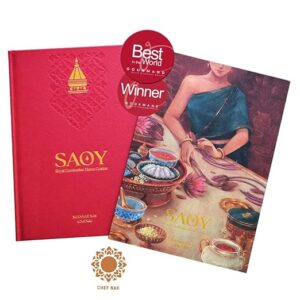
Khmer Ox Cart
When contemporary innovation takes control, it is common for old-school items to vanish gradually. Khmer Ox-carts, however, is more than simply old artifacts; they were the ‘Mercedes-Benz’ of Cambodia’s bygone civilizations. As a result, Cambodians should preserve such a deep-rooted tool for younger people who wish to appreciate it or for those who still use it.







